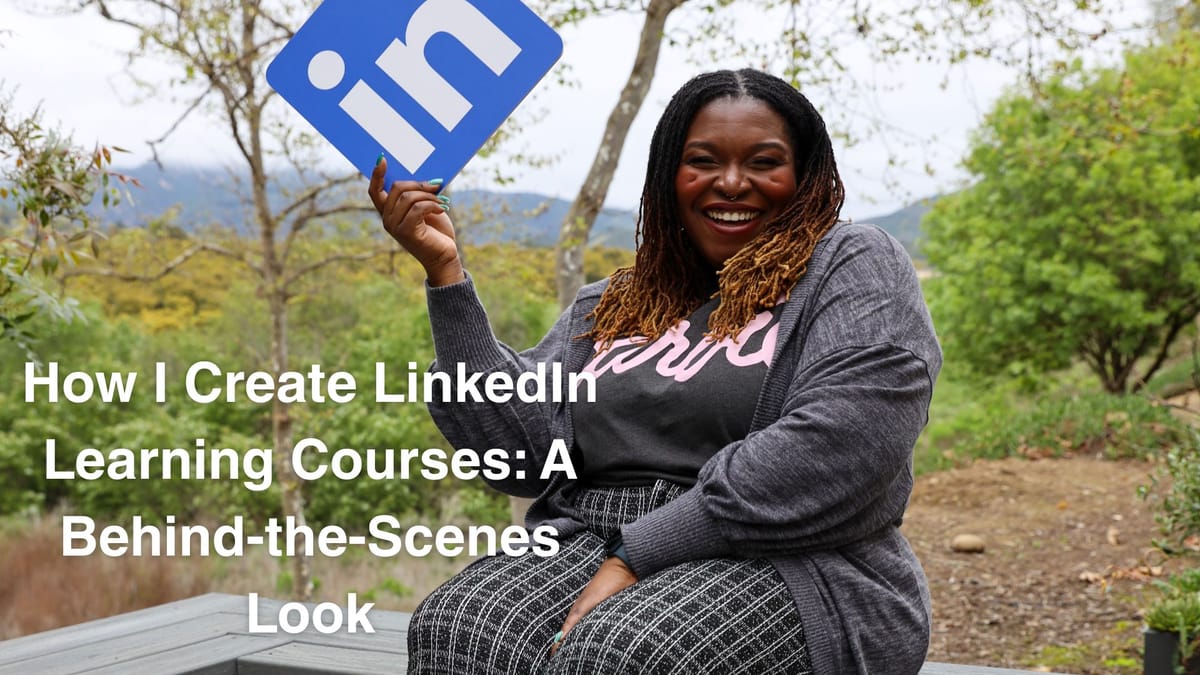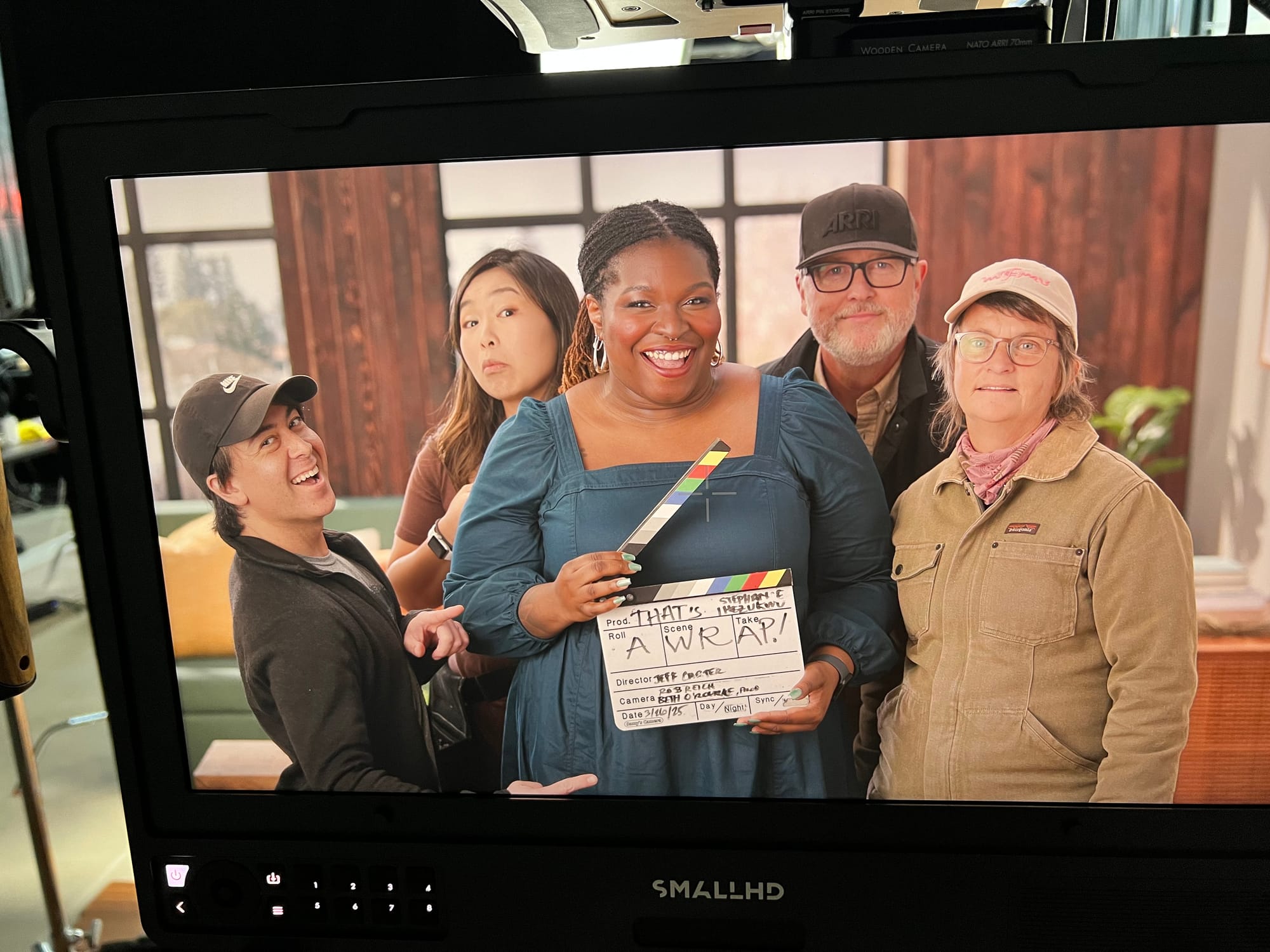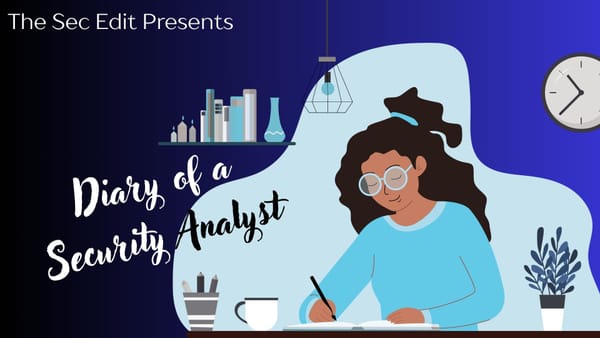How I Create LinkedIn Learning Courses: A Behind-the-Scenes Look

Over the last six years, I’ve created four cybersecurity awareness courses for LinkedIn Learning, reaching over 200,000 learners. Genuinely one of my favorite things to do. As a security professional, we don't always get a chance to see our impact in our day to day jobs. With these courses, I feel my impact every week with comments from people who have taken my courses and learned something along the way.
A common question I get, but never have the chance to expand on is "What's the process? What's it look like to go from idea to published course?" I thought I'd take the opportunity to share my messy, sometimes chaotic, but deeply fulfilling process.
Step 1: What's My Bandwidth?
Before I start anything, I have to be ready to create a course. Course creation for LinkedIn Learning takes me a solid 3+ months, and it’s a deeply consuming process. My brain thrives on constant stimulation, so I’m usually either signed up for a million things...or recovering from them. I’ve done this without a team so far (something I’m hoping to change), which means I need to be brutally honest about my energy.
There’s no handbook for balancing this kind of work with life, but I try to check in with myself first. If I’m not ready to commit, it’s better to wait.
Step 2: Choosing the Right Topic
Once I’ve decided it's a go, I start brainstorming.
This can go one of two ways: I chase the passion or I chase the lack. Either I focus on a topic I am excited about personally, or I check what’s missing from LinkedIn Learning’s security library and how I can fill that gap. My focus is cybersecurity awareness, a space I adore: it’s beginner-friendly, high impact, and constantly evolving. I’ve pitched other topics, but this lane feels like home at this point.
That said, I'm open to branching out in the future to flex new muscles and explore other areas I’m passionate about. Cough, cough. You know...if you're looking for an instructor...
Step 3: Pitching to My Content Manager
When I’ve got a solid idea or two, I pitch it to my content manager, someone I’ve been lucky to work with since the beginning. She knows my work and trusts me to create content that really resonates with learners.
We usually hop on a call to talk through the concept and current content needs. This is honestly the easiest part of the process.
Step 4: Paperwork & Planning
After we agree on a topic, I go into planning mode. There’s some paperwork involved that helps detail the production needs and course structure. (I won’t get into the weeds of that, since I’m not sure how much I can share.)
Once everything is approved, I get introduced to the producer assigned to the course, and the real work begins. And the real sleep ends.
Step 5: Writing the Course
Writing is where I spend the most time. Some instructors finish their scripts in a couple weeks. I… do not. Deep sigh.
Whether I’m employed full-time or between roles, I pour a lot into making the content genuinely connect. I try to imagine what the learner already knows, what’s brand new, and how to make each concept land clearly. On top of that, I have to battle a bit of imposter syndrome and random bouts of writer's block. Furthermore, I am a writer that writes to be read, not to speak. So, I end up doing a lot of editing to make sure that what I write has a good flow to it. I've even had to edit in studio to make sure that part sounds as right as I can make it. So, yes. Exhausting. But I also love it? It's a toxic relationship.
Step 6: Getting Ready for My Close Up
Some of my courses are audio-only, but the last three I’ve done have been full video productions. That means heading to the LinkedIn Learning studio, standing on "stage," and delivering the course on camera. In other words, channeling my inner Kerry Washington.
It’s a dope process that deserves its own post. I’ll probably write more about that soon. Anyway, once recording dates are set, I go into logistics mode: planning PTO, getting my hair done, arranging dog care, the whole nine.

Step 7: Recording Week
And now, it’s go time.
I spend 3–5 days on campus giving it my all. Performing the scripts takes more energy than I realize in the moment. Yes, I am there to teach. I also don't want the learner to fall asleep on me, so I have to be engaging without being campy or distracting. It's a science. But being at LinkedIn HQ is always a highlight. The staff is warm, welcoming, and weirdly great at conversations with depth (I swear they screen for it). And can we talk about the compliments? I truly feel like a star when I am performing.
As an introvert and remote worker, though, I usually crash hard after the trip. I keep a pretty low profile for a while once I’m home. Don't even think about perceiving me for a good week and a half.
Step 8: The Post-Course Blues
Once I turn in my final deliverables, I always expect to feel happy, accomplished, inspired to do something else. Instead, I get… depressed.
It’s the same feeling you get after finishing a great book, binge-worthy show, or long RPG. There’s this immense sense of pride, but also a weird emptiness. Truly a buzz kill. I usually take a month or two off of the extracurricular work. Since I’m often juggling course creation with a full-time job, all my extra energy is gone anyway. Burnout is real and he takes no prisoners.
Final Thoughts
So that’s what it’s like to create a LinkedIn Learning course. Well...how I do it, at least. Every instructor has a different process, but this is how I’ve made it work (so far) with limited time, limited help, and a lot of heart. Everyone at LinkedIn Learning is amazing and truly cares, so I couldn't do it without them, of course. Don't want to understate the amazing team over there.
If you’ve got questions about course creation or want to hear more about any part of the process, drop them in the comments—I’m happy to share. If you want to take any of my courses, you can find them all here.




